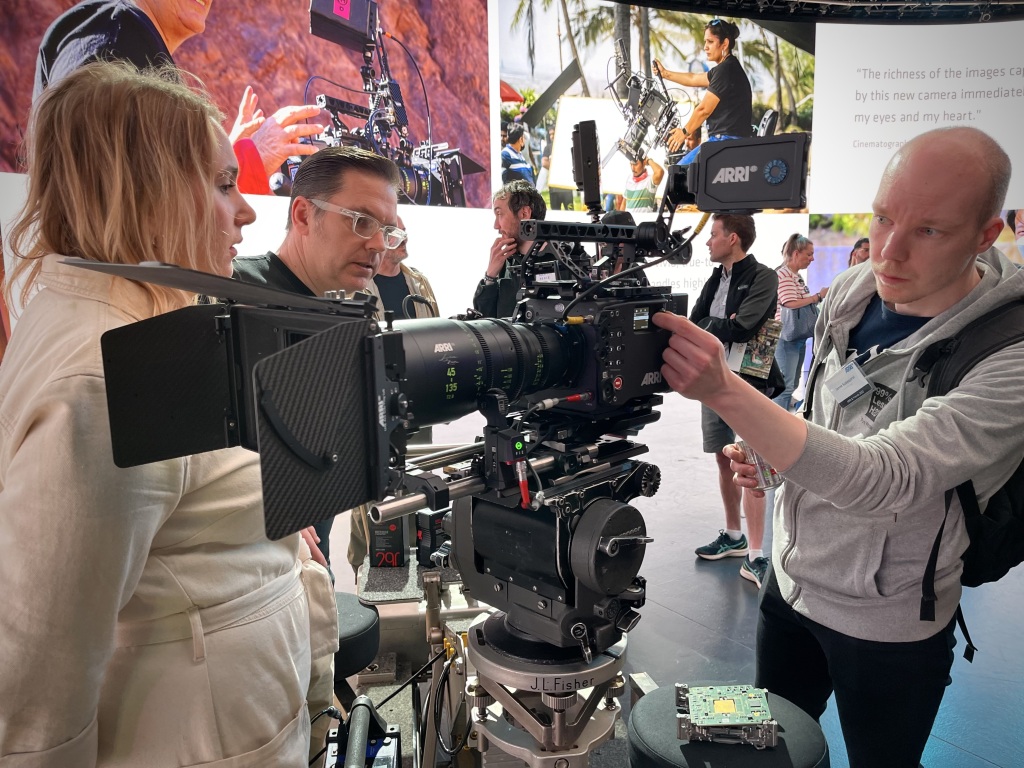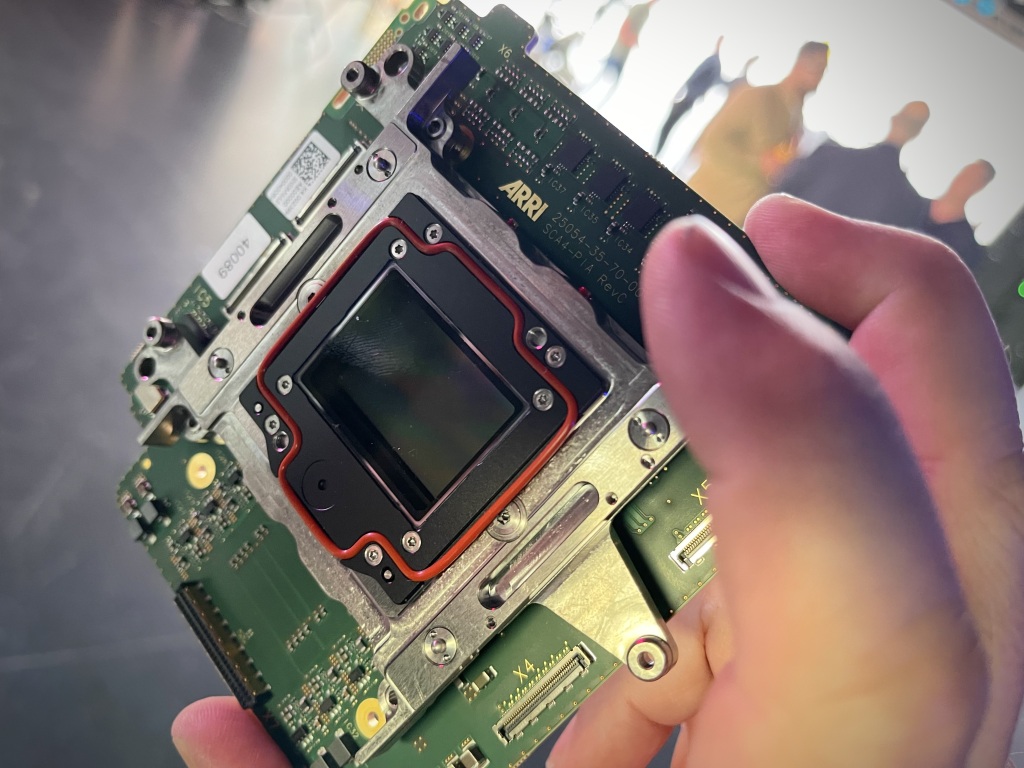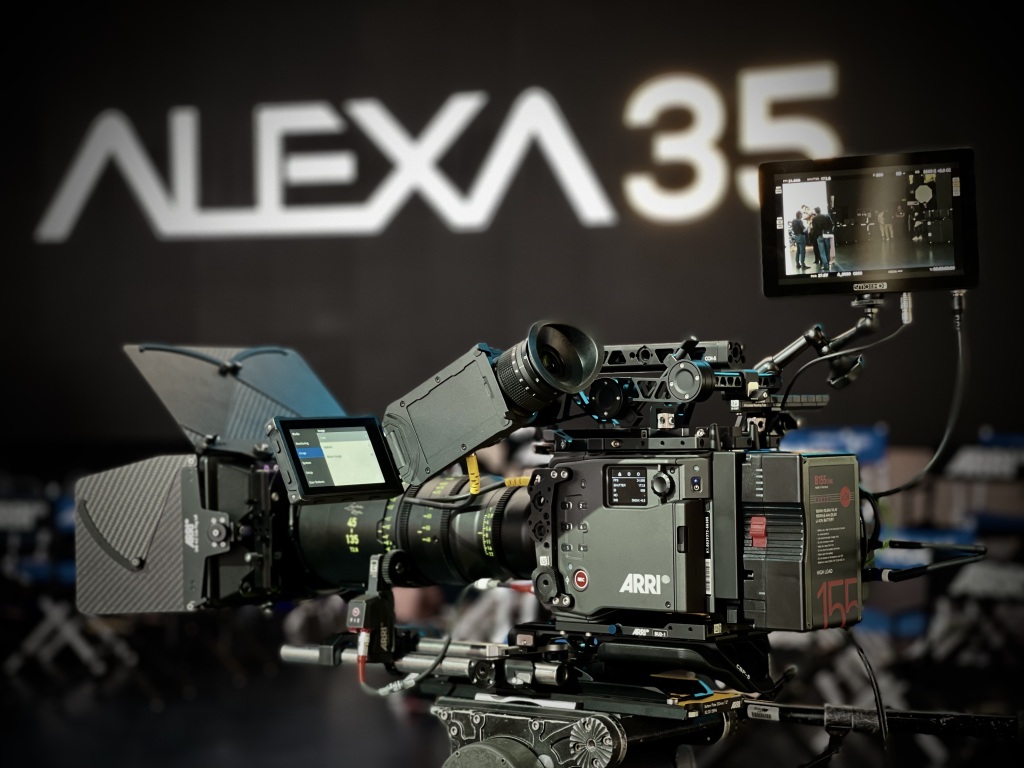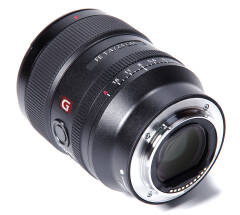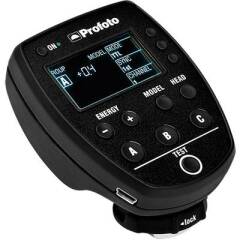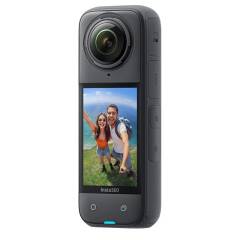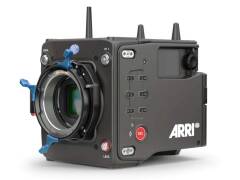Categories
The ARRI ALEXA 35: 105 years in the making
With ARRI unveiling its latest camera the ALEXA 35 I was have been wondering just what makes Arri so good and why it is dominating the high end of our industry in so many fields. Not just manufacturing cameras but also involving themselves in all aspects of the motion picture industry, from light & grip to lenses. What has made this small company employing around 1500 people become a goliath in the Film and TV industry?
The beginning
In 1917 two aspiring cinematographers with an interest in technology formed a company in Munich, Germany. Those visionary’s were August Arnold and Robert Richter. ARRI is one of few companies founded at the birth of Cinema still in business today, and their experience shows.
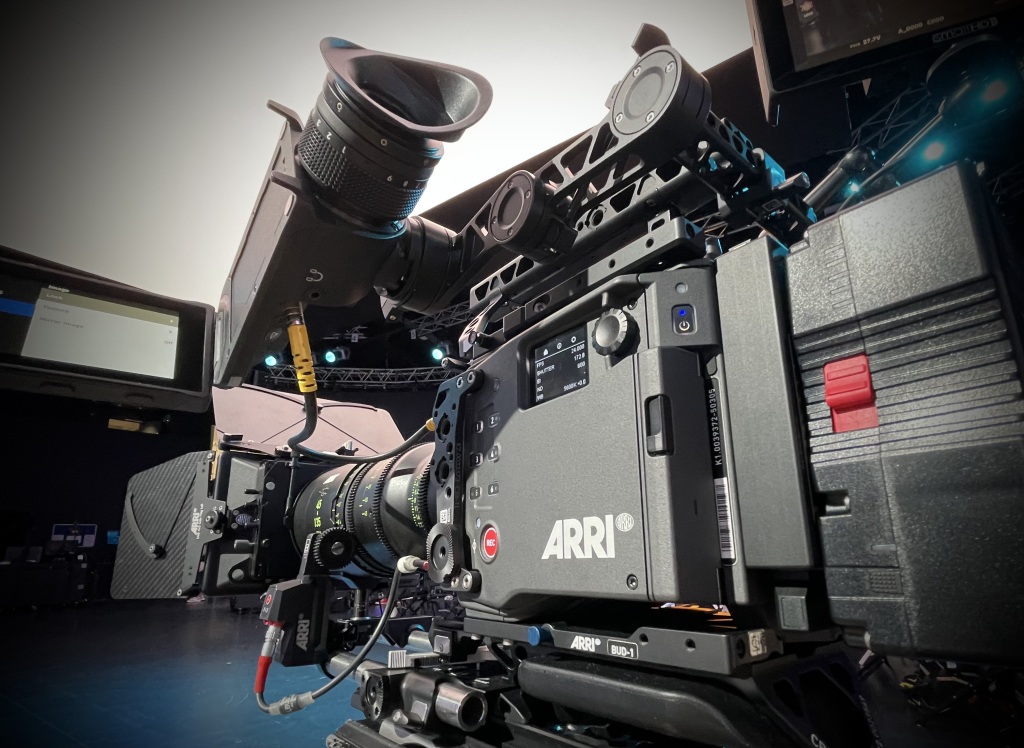
Their first products were movie lights and printing machines but in 1924, they built their first camera, the KINARRI 35. Richter was convinced that 16 mm would be more suitable for home movies, and the KINARRI 16 followed shortly after.
1924 was a busy year for the boys as they built their first electric tungsten lighting fixtures. Their first lighting fixtures used multi-segmented mirrors. Little did they know that 82 years later this would repeat on the ARRIMAX 18/12, the most Powerful HMI PAR Light available.
Inspired technology and creative design
Lots of hard work on design and technology was conducted in the next few years, culminating with the launch in 1937 of the ARRIFLEX 35. Various versions followed later with the ARRIFLEX 35 becoming know for handheld and POV work because of its small lightweight design. The Good, the Bad and the Ugly (1966), Bullitt (1968) Easy Rider (1969), were all shot using an ARRIFLEX
In 1972 were Arri’s early HMI units were used Munich Olympics Games the ARRIFLEX 35BL camera arrived. The 35BL was the company’s first silent 35mm production camera. Various 35BL models followed and were used on such major features as:
- Taxi Driver (1976)
- Apocalypse Now (1979)
- The Shining (1980)
Over the 80’s and 90’s three new cameras were launched:
- The ARRIFLEX 765 (1989)
- The ARRIFLEX 535 (1990)
- The ARRIFLEX 435 (1994)
Arri launched its final 35mm silent studio film cameras in 2000, the ARRICAM ST and LT. Three years later Arri introduced the The ARRIFLEX 235. The ARRIFLEX 235 was the last 35mm film camera ARRI would build and the writing was on the wall for film acquisition in the Arri family.
We are all now living in the digital age. Arri is no exception, because in 2005 they launched the ARRIFLEX D-20, ARRI’s first digital cine camera.
In 2006, ARRI showed the ARRIFLEX 416 the last or a generation of Super 16mm cameras. Film was becoming a thing of the past for Arri, but we all still wanted that film look.
The Birth of ARRI ALEXA
We now move onto the birth of the sensor we use today and a pivotal moment in ARRI’s history. In Amsterdam at IBC in September 2009 there was three wooden models displayed, code-named ALEXA EV, ALEXA EV-Plus. Would theses be embraced by DP’s and Rental houses? Rumour has it that Arri bet the whole company on these new digital cameras. Of course the response was amazing and as a result we use evolutions of that sensor today.
Working models of the ARRI ALEXA were introduced in 2010. They were used on The James Bond film Skyfall, which was shot with two prototype ALEXA Studio cameras in 2012.
All this talk about cameras but what about the lighting side of Arri, well that was in for a revolution of its own when in Amsterdam 2010, ARRI presented prototypes of a new focusable LED Fresnel lighting fixture and the ARRI L7 fresnel arrived on set in April 2011. In April 2015 the SkyPanel was launched brighter than a 6 kW tungsten space light or a 2 kW tungsten soft light.
In October 2012 The Stahl family acquired August Arnold’s 50 percent share in Arri from his son, Robert Arnold. As such, the heirs of Richter now own 100 percent of ARRI, keeping it a family business though and though.
The range of Alexa models has expanded over time with:
- The ALEXA 65 Launching in 2014
- The ALEXA Mini in 2015
- The ALEXA LF, their first large format digital sensor, in 2018
- The ALEXA LF Mini in 2019
The Future
Now to 2022 and the next era of digital cinematography with the launch of the ALEXA 35, with its 17 stops of dynamic range the first ever digital camera to have a better dynamic range than a film negative, two stops in fact!
With that pedigree how can the ALEXA 35 not be a winning camera and the choice of DP’s across the world. The proof will be in the using and the viewing, but everything is looking so promising so far for the KINARRI 35’s great (x31) grandchild.
We have our ALEXA 35’s on order and can’t wait to hire them out to you, we keenly await their arrival.
Mark Tredinnick
Company Director
Source: Arri.com
Photos: Alexa 35 launch at Arri UK 9th June 2022
